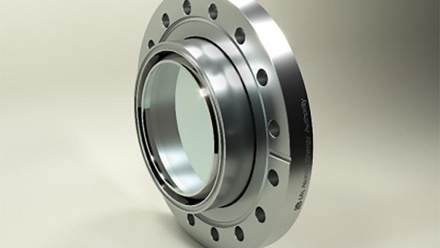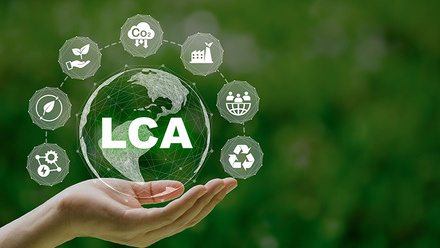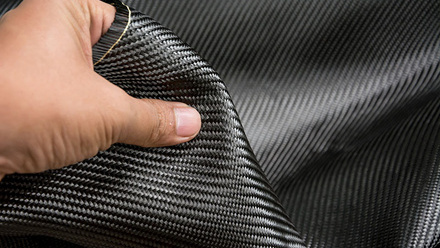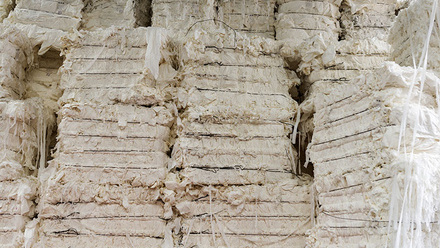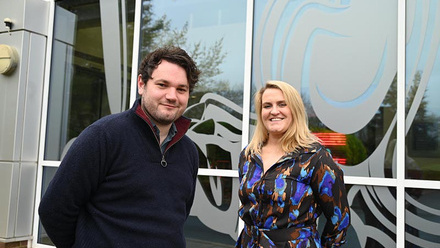Lightweight plasmonic paint saves energy
A plasmonic paint created using structural colour is reported to be more natural, lightweight and energy-saving than pigment-based paints.
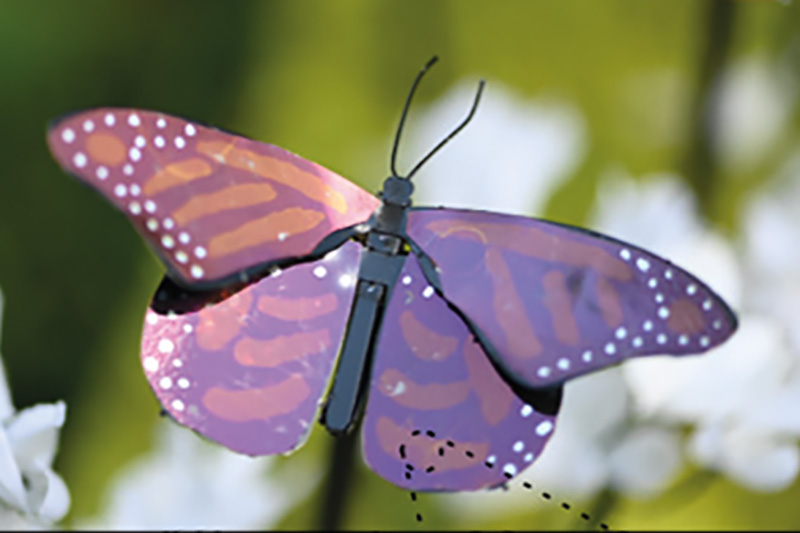
Professor Debashis Chanda at University of Central Florida's (UCF) NanoScience Technology Center was inspired by butterflies. He says, 'Butterfly wings have structures based on colour-less materials where colour solely originates from the structural arrangements – this is the main bio-inspiration of the present work. We looked into structural organisation, symmetry, dimensions, etc. to design our man-made ones. The colour varies as a function of structural changes – so a butterfly can have many structures just like ours.'
Pigment colourants control light absorption based on the electronic property of the material, whereas structural colourants control how light is reflected, scattered or absorbed via the geometrical arrangement of the nanostructures. They only use metals and oxides, and no artificially synthesised molecules.
As plasmonic paint reflects the entire infrared spectrum, it absorbs less heat and so keeps the underlying surface up to 16-17°C cooler than a standard commercial paint.
'Over 10% of total electricity in the US goes toward air conditioner usage,' Chanda says. 'The temperature difference plasmonic paint promises would lead to significant energy savings. Using less electricity for cooling would also cut down carbon dioxide emissions, lessening global warming.'
To turn the nanostructures into a paint, colour flakes are combined with a commercial binder to form long-lasting paints of all colours. The researchers say they can engineer gloss or vibrancy by changing the reflection properties of the plasmonic paints, which are reportedly as easy to apply as any other paint.
'The colour originates from the gap-plasmon interactions between 20-60nm diameter nanoparticles. Then an assembly of nanoparticles forms a flake of 20-50µm size.'
Chanda says that the only colour they cannot replicate is black and the black-coloured butterflies in nature are actually pigment-based.
The colour depends on the mean diameter of the self-assembled nanoparticle. 'We developed a self-assembling technique, which enabled us to form the nanostructure assemblies over large areas. These nanostructures are made of inert materials like aluminium and aluminium oxide, which doesn’t interact with the binder and stays encapsulated for ages,' adds Chanda.
'Normal colour fades because pigment loses its ability to absorb photons,' Chanda says. 'Here, we are not limited by that phenomenon. Once we paint something with structural colour, it should stay for centuries.'
Furthermore, 'Normal paint uses toxic heavy metals – so to create red you can add cadmium, and for blue, cobalt. Every colour needs a new organic/metal molecule. For our case, based on only earth friendly aluminium and aluminium oxide, we can produce all colours.'
The paint also has a large area-to-thickness ratio, with full colouration achieved at only 150nm, which Chanda claims makes it the lightest in the world.
For example, only 1.4kg of paint would be needed to cover a Boeing 747, which normally needs 453.6kg of paint.
The project will now involve further exploration of the paint’s energy-saving ability.


